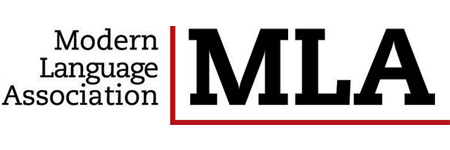The Buyruk-Writings: Research field and religious self-conception
DOI:
https://doi.org/10.24082/abked.2016.14.008Keywords:
“Buyruk”, the way of God-Muhammad-Ali, “Four Doors”, Ashab al Suffah, the “buyruk” of Imam Cafer-I Sadik, the “buyruk” of Sheykh Safi, “Kırklar” (the Forties), gnostic IslamAbstract
Nowadays, even though Alevism is accepted as an oral tradition within its own community, academic circles accepted the fact that written sources are intertwined with oral tradition and that especially texts known as “Buyruk”s were the basis of Alevi tradition. When analyzed in terms of their contents, “Buyruk” was found to be one of the most important basis for Alevi community over the years. However, “Buyruk”s did not attract enough attention in academic circles and various “Buyruk” copies were not comparatively analyzed in terms of literature and content. This paper opens up a critical discussion on the importance of “Buyruk”s and the process of exclusion of Alevis since the mid-19th century. The first part of the paper will provide an explanation of what “Buyruk”s are and how and under which circumstances Alevi community was excluded from written sources under socioeconomic and political conditions faced by this community through history. The second part of the paper reveals that the concept of Muhammad-Ali, described in “Buyruk”s, merges not with mythological narrations, but with historical authenticity of gnostic narrations. In this context, this part also reveals the fact that God is the one who commands (“buyuran”) and “the way of Truth”, that was foreseen, was given in the form of the ancient way of Muhammad and Ali, and the recognition was given from the beginning of time. This speculative analysis and comment are offered as a contribution towards opening up a new research field.








